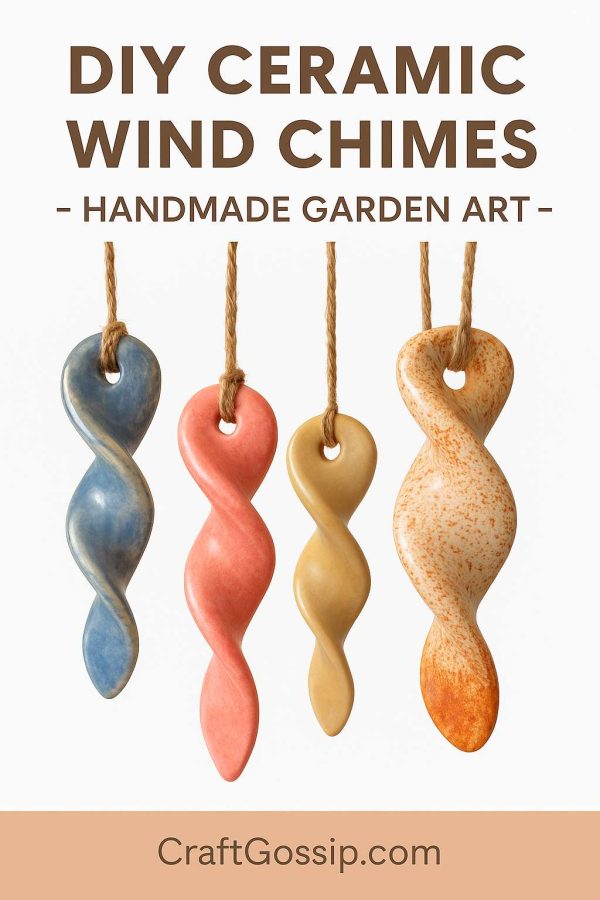I don’t claim to be an expert by any means, so take this list with a grain of salt. These are just some tips I’ve discovered along the way that can be a great help.
1. Alcohol free baby wipes are perfect for cleaning rubber and acrylic stamps
2. Not sure if a stamp is the perfect design for a certain spot? Stamp it first with a solvent ink like StazOn on a piece of plastic and lay over your project in progress to check. Clear inserts or packaging that come with products are handy for this.
3. Glossy Accents by Ranger is also a great adhesive for lumpy stuff and clear elements
4.Older stickers and diecuts that you probably won’t use again make great masks. To use the diecuts lightly apply a re-positionable adhesive to the back. Then ink, paint or spray over them
5. Place embellishments in odd numbers like three and five for more visual impact
6. No more e’s in your letter sticker pack? Try an upside down 3! I’ve done this tons of times. In fact I have also changed a lower case g into a y and an h, and an ampersand (&) into an S. It all depends on the font, so take a closer look to see what you can improvise!
7. Try using themed products on unrelated projects. I’ve used stickers from a wedding sheet on a layout about pizza and another about dinner guests. This way you get more bang for your buck!
8. Punch holes in raw chipboard to make it a more decorative element. The Crop-a-Dile cuts through chipboard like butter!
9.Grab five to seven left out items from your desk and challenge yourself to use them on a quick page. You’ll be amazed at what you come up with
10. When all fails, use Thickers!
Note: This article was originally posted on my Callaloo Soup Blog.
